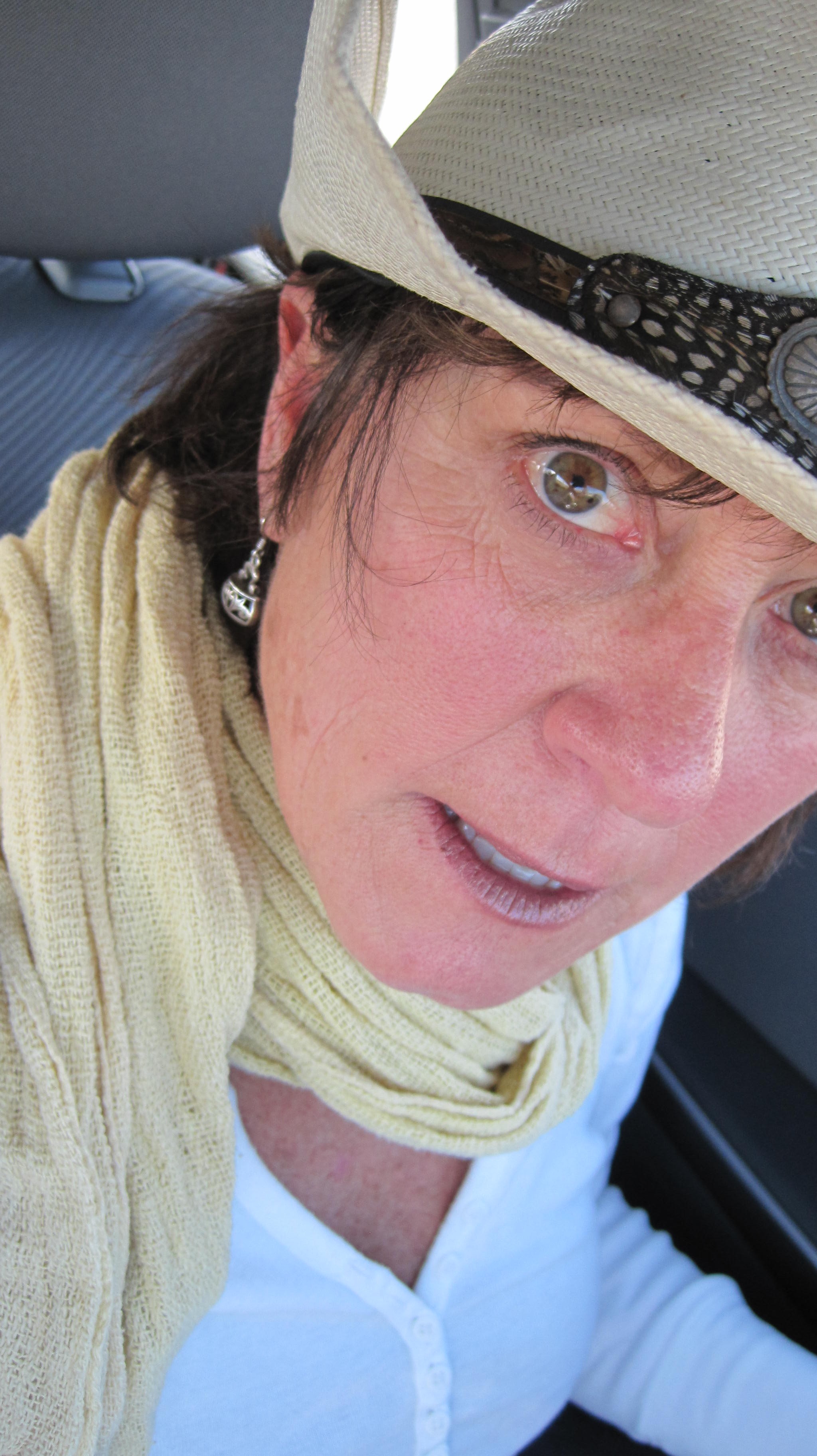 After seven years of being conscripted into Catholic school and wearing a uniform every day, I was thrilled when I deserted to public school because I could choose what I wore to school.
After seven years of being conscripted into Catholic school and wearing a uniform every day, I was thrilled when I deserted to public school because I could choose what I wore to school.
But no pants.
Though it was the 1970s, pants on females were still considered radioactive and radical. Pants were part of the school’s no-fly, dress code zone along with halter tops, miniskirts and see-through blouses.
About six months into ninth grade, our avuncular principal, Mr. Kersey, opened the school announcements with some big and welcome news—the passage of Title IX, a national education act that centered on equal funding for school athletics, but an act that also gave girls and women the right to wear pants to school. The next day I blazed my trail by wearing my lavender, hiphugger bellbottoms with a peace sign belt.
Let the pants begin.
I find it difficult to believe that pants on women were verboten in my lifetime. For decades I have wanted to believe that kerfuffles about women and pants were in the quaint and hazy past, but Hillary Clinton’s 2016 run for the presidency reminded me that pants remain a symbol, a shaming and a flashpoint even in cultures that consider themselves progressive.
Just two years ago, all British Airways crew members were given the right to wear pants on the job—after a two-year fight to do so. Last year, Fox News anchors walked on the wild side as they began wearing pants on air for the first time. And last month the retail chain Ann Taylor launched a “Pants are Power” advertising campaign. Pants as power? Pants as practicality. Isn’t this how it all started more than a century and a half ago in the Victorian era?
In 2018 why are pants still a thing?
In the 1850s, Amelia Jenks Bloomer, the editor of The Lily, the first U.S. newspaper by and for women, scandalized society by wearing pantaloons beneath her dresses and advocating them in her paper for health and sports. For Bloomer and cadres of women’s rights activists, pants equaled the power the Ann Taylor campaign harkens to. Women were trussed with corsets and garments that restricted movement, deformed spines and displaced internal organs. Doctors encouraged more healthful clothing, and Bloomer’s surname stuck for the Turkish-inspired garments that wrapped around the individual legs. It also stuck as a term for the women who wore them. But bloomers weren’t an easy sell. An 1851 New York Times editorial said that bloomers encroached on masculine manners. The august newspaper predicted their demise.
In the 1930s, Marlene Dietrich created a stir for wearing pants in a film at a time when women were sometimes arrested for wearing pants in public. Coco Chanel injected chic into wearing pants, and Katherine Hepburn made pants her gender bending statement. But in their time, those women were far afield from some popular opinion about pants. “Trousers for women are incredible, ridiculous and absurd. I can’t imagine wearing such atrocities,” said actress Catherine Bennett a 1933 Movie Classic magazine interview.
Almost 40 years after that interview, Barbra Streisand was the first woman to attend the Oscars wearing pants. Three years later, Title IX gave the right to girls to wear pants to publicly-funded schools. Flash forward 20 years to the ‘90s when Senator Barbara Mikulski created what she later called “a seismographic event” by wearing pants on the Senate floor. Just 35 years ago she fomented what became known as the Pantsuit Rebellion, the bloodless non-event that paved the way for dress code changes in the Senate.
When I was in fourth grade I sat behind a kid I didn’t like. To bug him, I would raise my hand often when Sister Margaret Anina asked us Bible questions. When she called on me, I would lean forward and shout the answer almost directly into the kid’s ear. He hated me, and I hated him.
One day at recess he ran up to me and called me a smartypants. My face got hot. I couldn’t think of anything to say, so I ran away, hating him more than I had the day before.
Wherever he is and whoever he is today, I want to say to him now: Smartypants? Smartypants? Yeah, I still wear those from time to time.

